Vitischanze
Vitischanze
© Historische Bildpostkarten - Universität Osnabrück
DEU
à proximité de Osnabrück
Télécharge images...
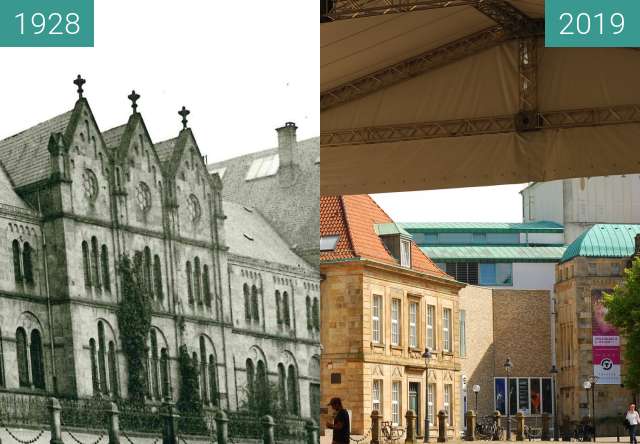
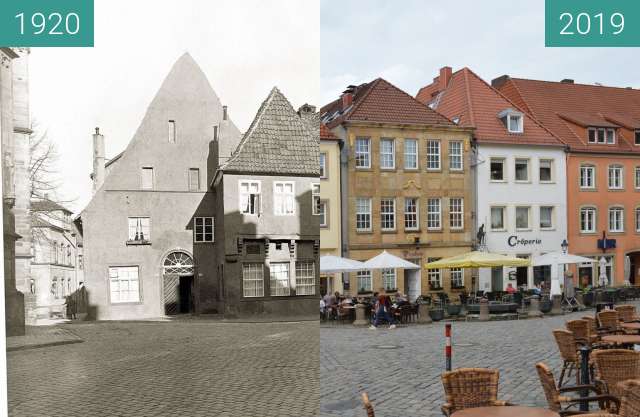
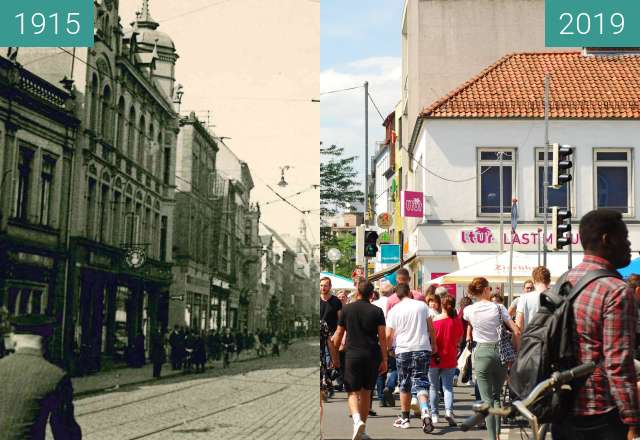

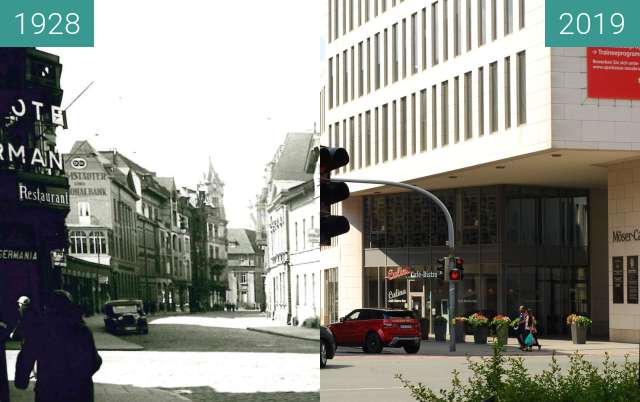
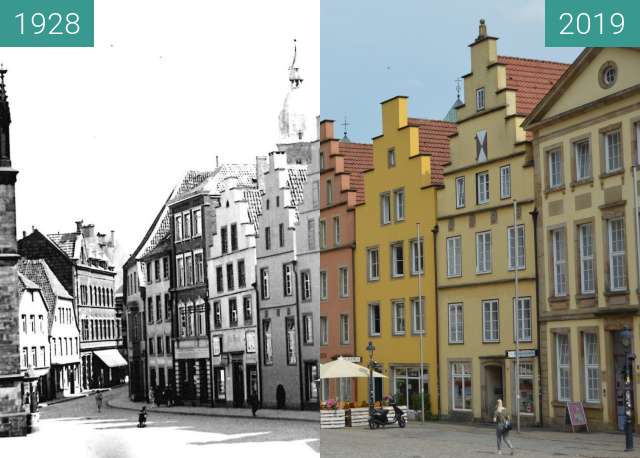
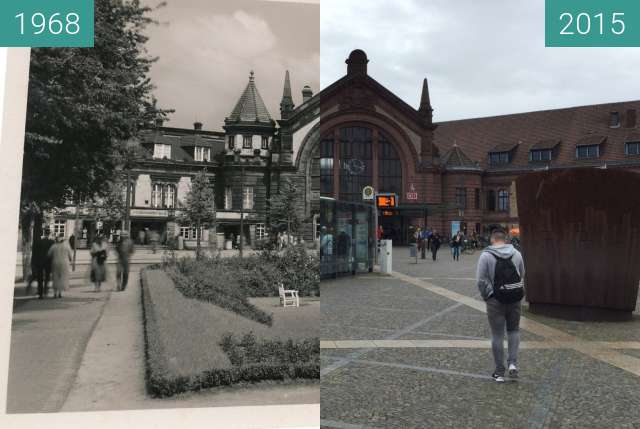
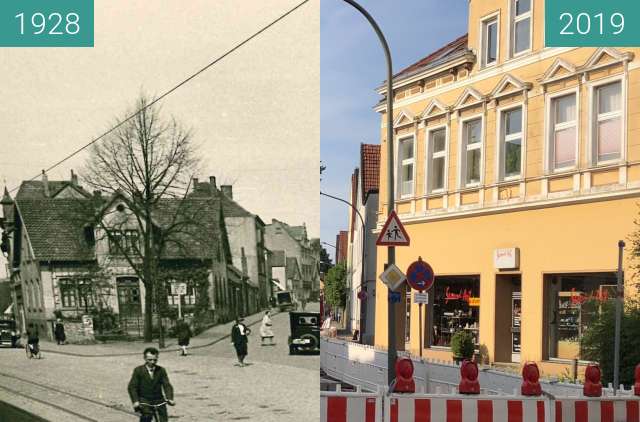
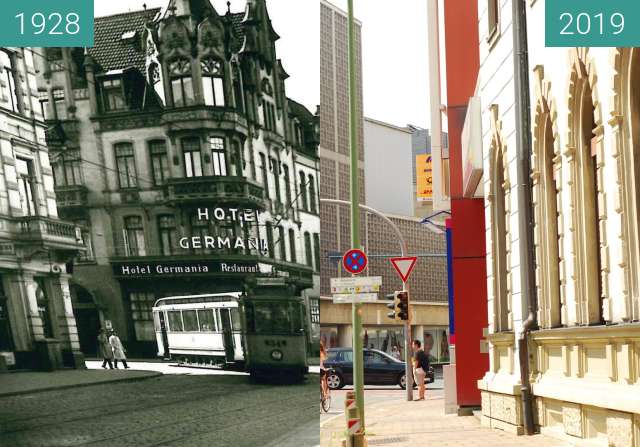
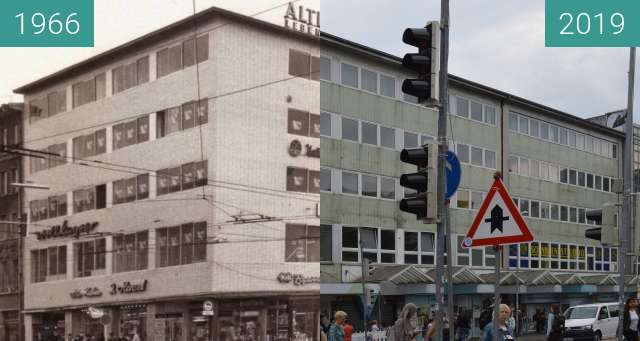
The "Vitischanze" (entrenchment) was the strategically most important defense of Osnabrück. Already in 1200, a stonewall was constructed along the Hase river. In 1472, the "Barenturm" was built The crenels in the higher floors demosntrate that the highest number of canons were positioned here. After the swedish had occupied the town for three years during the Thirty Years' War, the weir system was strengthened. Behind the Barenturm they built the three-storey Vitischanze. After the demilitarisation phase in the late 19th century, parts of Barenturms served as a restaurant; the lower floors were used in World War II as a shelter. Today, the old fortress combined with modern architecture is used by the college of Osnabrück (with kind permission of www.bildpostkarten.uos.de).
Unknown date, probably form te 1920s or 30s.
La "Vitischanze" (retranchement) était la défense la plus importante sur le plan stratégique d’Osabrück. Déjà en 1200, un mur de pierre avait été construit le long de la rivière Hase. En 1472, le "Barenturm" fut construit. Les créneaux des étages supérieurs démontrent que le plus grand nombre de chanoines y étaient placés. Après que les suédois eurent occupé la ville pendant trois ans pendant la guerre de Trente ans, le système de barrage fut renforcé. Derrière la Barenturm, ils construisirent la Vitischanze sur trois étages. Après la phase de démilitarisation à la fin du 19e siècle, des parties de Barenturms servaient de restaurant. les étages inférieurs ont été utilisés pendant la Seconde Guerre mondiale comme abri. Aujourd'hui, le collège d'Osnabrück utilise l'ancienne forteresse associée à l'architecture moderne (avec l'aimable autorisation de www.bildpostkarten.uos.de).
Date inconnue, probablement entre 20 et 30 ans.